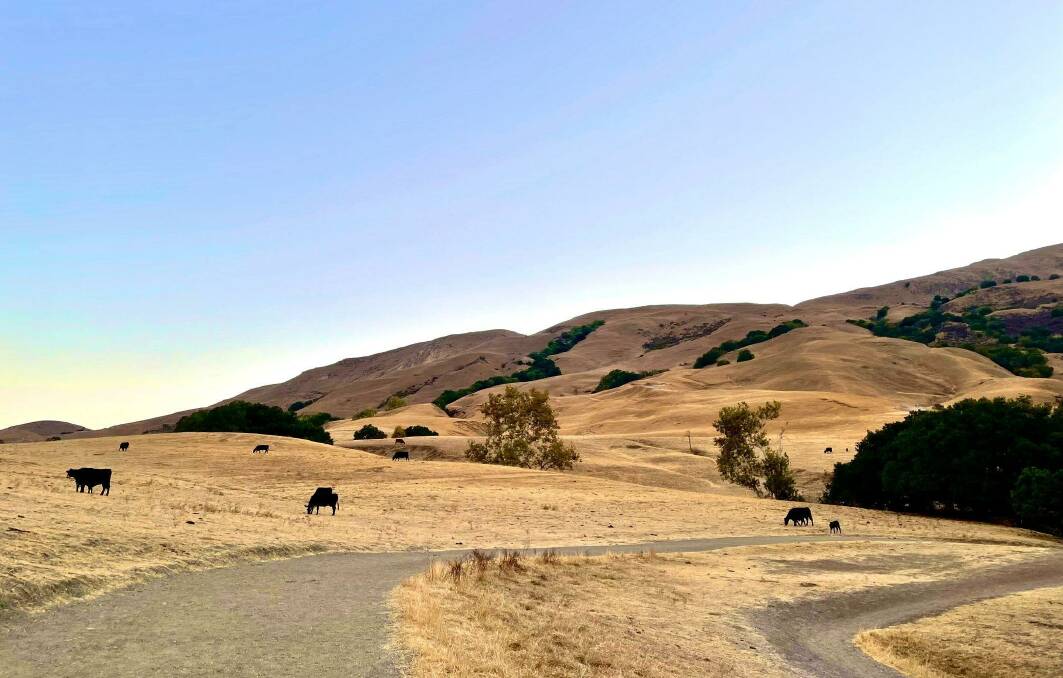Pandemic spurs regional sea change

This is branded content.
It's a romantic idea to get up and leave your life behind in search of somewhere slower and more meaningful, and that is exactly what this pandemic has meant for some bold Australians.
Unprecedented events create unprecedented opportunities, and the migration trends over the last 18 months really speak to the sentiment of the nation and what they value.
Not surprisingly, Victoria has experienced the highest volume of migrating residents with thousands booking professional removalists and setting out to seek more freedoms in regional cities.
Queensland has been the overwhelming recipient of most relocating Aussies, having to put a pause on allowing Australians in to relocate due to the pressure this surge was placing on hotel quarantine.
Regional relocation has been so widespread that there have been discussions around extending fringe benefits to move to regional places to further prompt this mass departure.
Population forecaster, Andrew Rossiter told ABC that regional Australia's share of the national population growth had been steadily declining for more than 20 years.
"Fundamentally the pandemic has turned many of our previous demographic and population forecasting assumptions on their head," Mr Rossiter said.
"The key takeaway here is that the population grew in all 32 major regional cities, which is fundamental to supporting regional growth across Australia."
The biggest population growth areas have been reported as south-east Queensland, Wollongong (New South Wales) and Geelong (Victoria).
The coastal areas that have seen the biggest growth are Byron Shire (New South Wales), Denmark and August-Margaret River (Western Australia). Airbnb stays have also been another avenue for residents in small apartments to hire more room to wait out the lockdown, although this is more expensive and less permanent than relocating to a rural area.
In addition to seeing new blood in these rural areas, there are also record highs in young people staying in these areas and not moving to cities as has been the case consistently for decades.
This is due to working from home becoming more widely accepted across industry allowing young professionals to remain based in rural locations and still be considered for city roles.
There is also more property yield in regional locations, attracting Sydney and Melbourne residents who may not have as many opportunities in the city or may not even be in the market already due to price constraints.
Residents that were in lockdown in a restricted radius area reportedly found themselves assessing their local area, with green spaces and coastal views trumping the inner city.
While the Victorian Premier has boldly stated that there will be no more lockdowns as long as citizens comply with vaccination mandates, the Omicron variant and its threat to the nation may be another prompt for residents to relocate to states who experienced lower case numbers.
Booster shots will also determine the ongoing narrative of how Australia handles new variants and subsequent travel mandates, with the booster roll-out expected to be staggered and geared towards priority groups as was the case with the 2021 roll-out.


